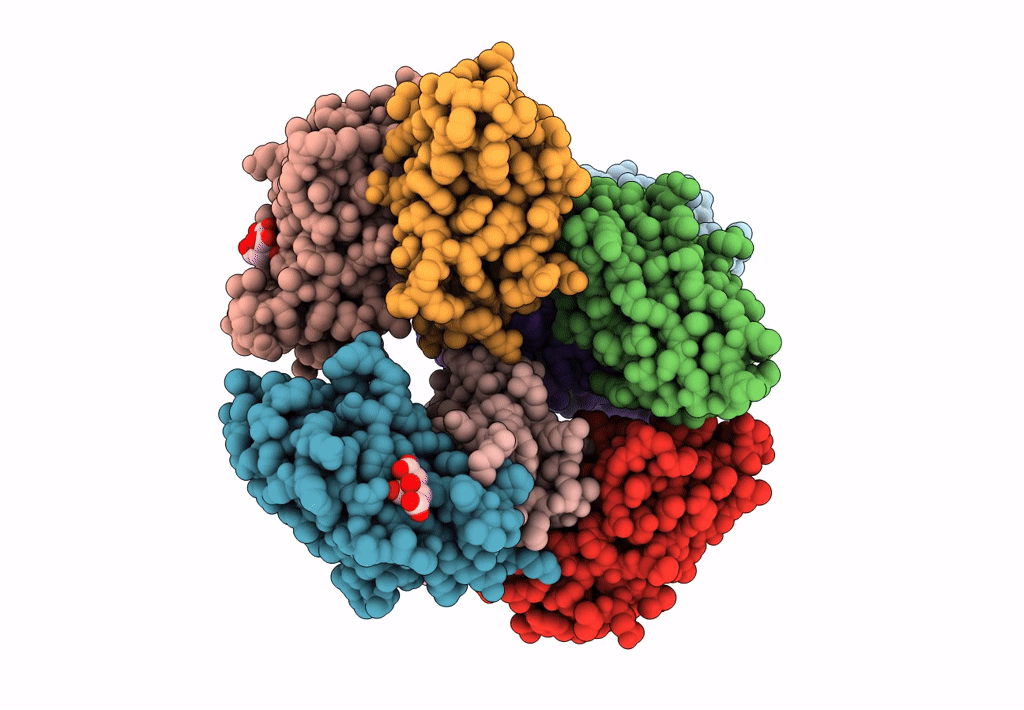
Deposition Date
2021-12-15
Release Date
2022-12-07
Last Version Date
2024-10-23
Entry Detail
PDB ID:
7T83
Keywords:
Title:
Structure of angiotensin II type I receptor (AT1R) nanobody antagonist AT118i4h32
Biological Source:
Source Organism:
synthetic construct (Taxon ID: 32630)
Host Organism:
Method Details:
Experimental Method:
Resolution:
2.10 Å
R-Value Free:
0.25
R-Value Work:
0.20
R-Value Observed:
0.20
Space Group:
P 1 21 1


